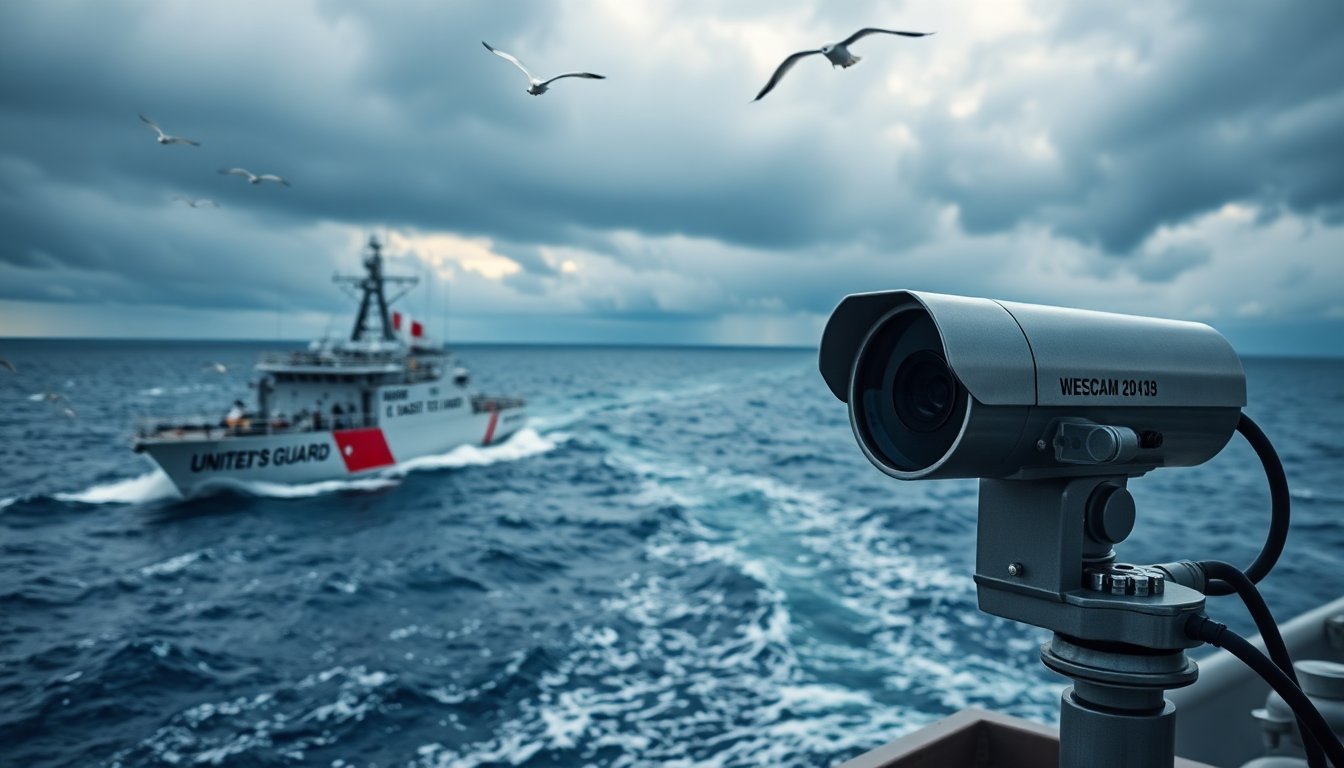Table of Contents
Recent findings reveal that a sophisticated camera system developed in Canada has been utilized in contentious U.S. military operations targeting purported drug boats from Venezuela. This information, originating from the organization Project Ploughshares, has raised significant concerns regarding human rights and international law compliance.
The Project Ploughshares report indicates that the U.S. military employed the Canadian-manufactured L3Harris WESCAM MX-Series sensor system during these operations. These strikes, which commenced in September, were aimed at vessels allegedly engaged in drug trafficking, according to statements from former President Donald Trump.
The facts
In September, the U.S. military executed a series of strikes against vessels purportedly linked to drug smuggling activities. The operations have been publicly criticized for their legality, with experts suggesting potential violations of international human rights and maritime laws.
According to Kelsey Gallagher, a senior researcher with Project Ploughshares, there is a strong need for enhanced oversight concerning human rights, stating, “There has to be more human rights oversight… We are seeing Canadian weapons being misused.”
Following the report’s release, CBC News sought clarification from L3Harris WESCAM.
The company declined to provide comments on military operations, adhering to their policy of non-disclosure regarding such matters.
Insight into the military operations
The L3Harris WESCAM MX-Series is classified as an electro-optical/infrared (EO/IR) system, designed for various military applications, including surveillance and reconnaissance.
The technology, which is manufactured in Canada, has been exported to numerous countries and is utilized by various military and law enforcement agencies. Notably, the U.S. Department of Defense ranks among the largest clients of these systems, highlighting the deep military ties between Canada and the United States.
According to the findings detailed in the Project Ploughshares report, distinctive features observed in the videos of the strikes align closely with the visual outputs generated by the MX-Series systems. This includes specific graphical elements such as a scale bar that aids operators in estimating distances within the observed scene.
Legal and ethical implications
Experts have voiced serious concerns regarding the legality of the strikes conducted by the U.S. military. Alexander Avina, an associate professor at Arizona State University, suggested that Canada might share some level of complicity in the actions taken by the Trump administration, claiming, “International legal experts could make the argument that Canada is complicit in a way in the type of war crimes that the Trump administration has committed in the Caribbean basin.”
The situation has prompted inquiries directed at Global Affairs Canada, questioning the role of Canadian technology in these operations and whether a reassessment of Canada’s arms export policies is warranted. In response, a spokesperson from Global Affairs Canada stated, “Global Affairs Canada is aware of the U.S. operation and is monitoring the situation.”
Evaluating the consequences
The implications of these military actions extend beyond mere operational success; they touch upon serious ethical considerations about the use of Canadian-made arms in foreign conflicts. As Gallagher points out, Canada has obligations under the UN Arms Trade Treaty, which requires evaluating whether exports could be used to perpetrate human rights violations. The existing bilateral agreements with the U.S. complicate this oversight, as many arms transactions do not necessitate government permission.
Legal experts have criticized the U.S. strikes as potentially unlawful, with Michael Becker, an assistant professor of international human rights law, stating, “There’s no serious argument that what the Trump administration has done here is legal.” This raises questions not only about U.S. military policy but also about Canada’s responsibility in ensuring that its technologies are not employed in ways that contravene international law.
The Project Ploughshares report indicates that the U.S. military employed the Canadian-manufactured L3Harris WESCAM MX-Series sensor system during these operations. These strikes, which commenced in September, were aimed at vessels allegedly engaged in drug trafficking, according to statements from former President Donald Trump.0





